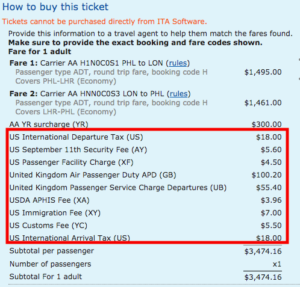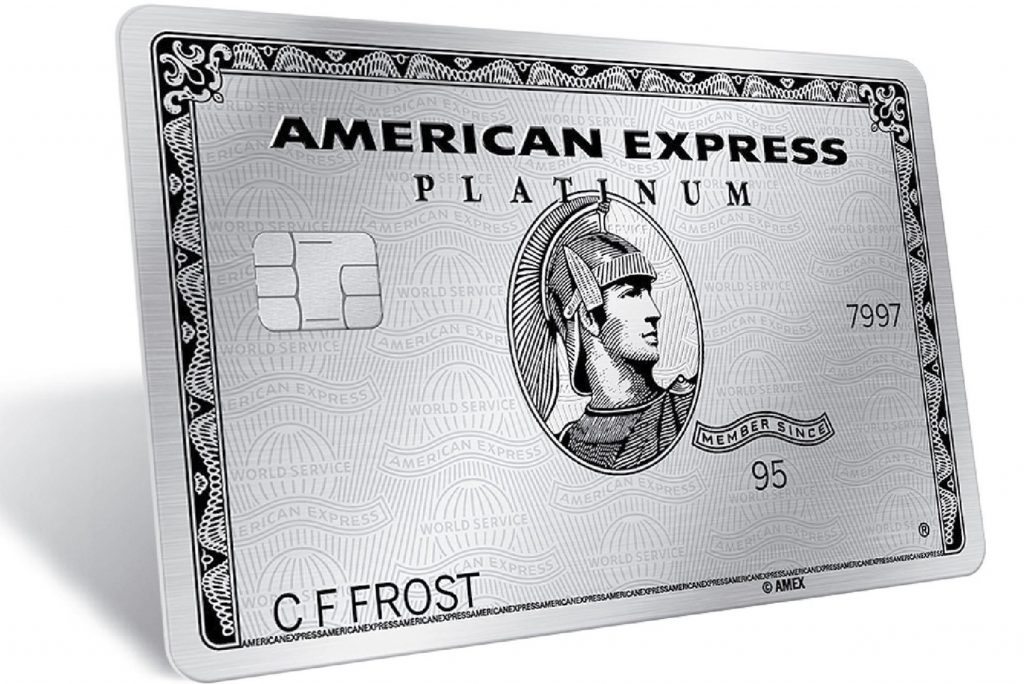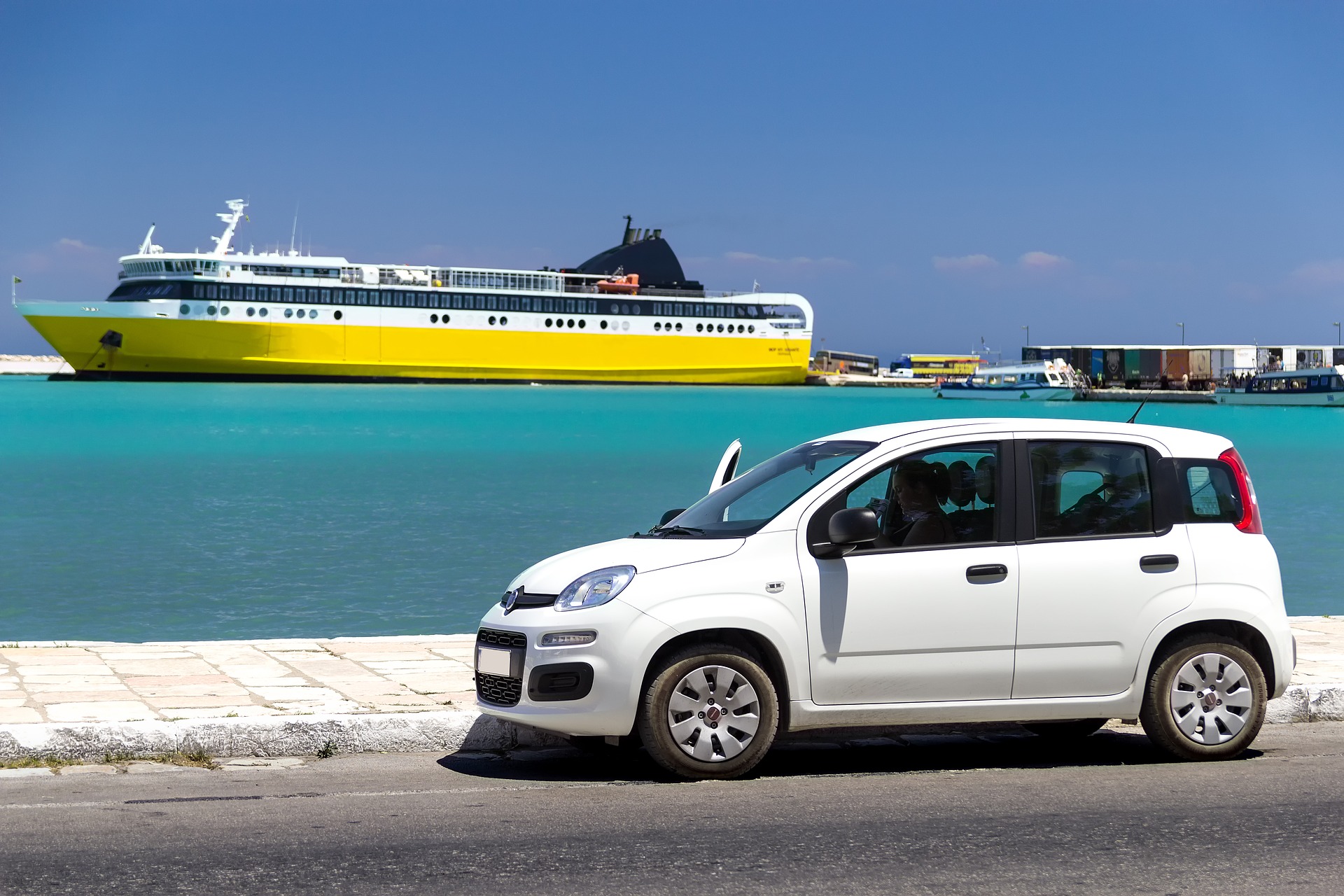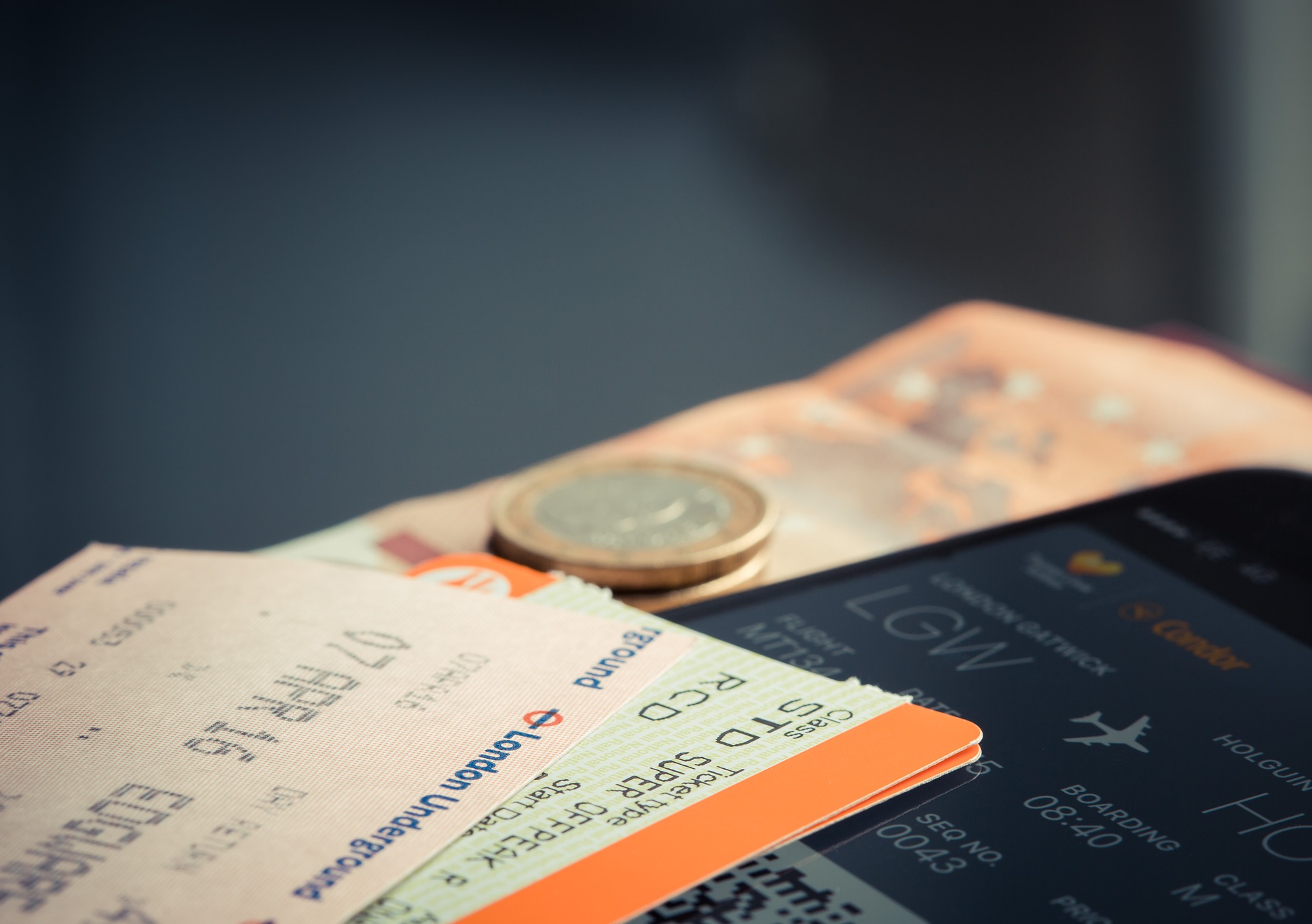American Airlines’ AAdvantage program has its quirks and downfalls (like horrible award space), but I’ve noticed some considerable improvements and I think generally the airline is great to fly. I am absolutely terrified of how life will be when I lose my Executive Platinum status at the end of January 2018. I know, I’m being dramatic and elitist. My EP status has saved me numerous times with same-day flight changes, free upgrades on almost all flights, top (or near top) of the standby list privileges, group two boarding and much more.
I opened my American app yesterday and was sad see that I realistically have a zero percent chance of even earning Gold by the end of January. With my work schedule being tight and keeping me home, I won’t be traveling on business and won’t have any time to travel enough miles or segments on my own time.
This got me thinking about how I could once again achieve status on American. I understand the basic terminology of Elite Qualifying Miles (EQMs), Elite Qualifying Dollars (EQDs), and Elite Qualifying Segments (EQSs), but what I did not understand was how EQMs are actually calculated since the number seemed somewhat arbitrary. I’ve been out of the game a bit and American made a few changes so I decided to dive in and do some research.
Elite Qualifying Dollars (EQDs)
EQDs are pretty self-explanatory. You earn EQDs based on your ticket price, plus any carrier-imposed fees like fuel surcharges (YR in the image below).
Note — Government-imposed fees like those in the box below are NOT part of the equation:
Flying on a ticket marketed by one of AA’s oneWorld partners will earn you EQDs based on a percentage of the distance traveled and the fare class purchased (full fare, discounted, etc). This is an important distinction because flying on American Airlines aircraft with a ticket marketed by American will net you EQDs based on the amount of actual dollars spent, not distance traveled.
Another great way to earn EQDs, especially if you’re a business owner, is to open up a Barclaycard American Airlines Aviator credit card. You could earn up to $6,000 in EQDs based purely on your annual spending:
| Aviator Red, Aviator Blue and Aviator Business MasterCard accounts | $3,000 EQDs for $25,000 annual credit card spend |
| Aviator Silver MasterCard accounts | $6,000 EQDs for $50,000 annual credit card spend ($3,000 EQDs for $25,000 spend) |
Elite Qualifying Miles (EQMs)
Before discussing EQMs, it’s important to point out the distinction between EQMs and Award Miles. EQMs are purely for qualification of elite status whereas Award Miles can be redeemed for free flights.
EQM earning is based on the class of travel (Economy, Prem. Economy, Business/First) as well as the fare booked (i.e. Y/W/P/A). American often runs fare deals for a particular class of service, which can be hundreds of dollars less than full-fare. For example, you may find a fare for a particular trip that is about $200 cheaper than usual. In this case, American is offering a discounted fare, which will net you less EQMs per mile flown than a full-fare ticket.
A couple of good options for checking the fare type for a particular flight would be to punch it into ITA Matrix or ExpertFlyer:
In this example from ITA Matrix a flight to Rome is being offered in Economy under the H fare, which when referenced to the AA chart above, would net me 1 EQM per mile flown. Had this been a full-fare Y ticket, I would earn 1.5 EQMs per mile.
Something else to point out — if you are an AAdvantage member and fly a flight on American, oneWorld, or Alaska Airlines that is less than 500 miles, American will automatically round you up to 500 before tacking on the EQM multiplier!
When flying on tickets sold by one of American’s partners, you can only earn a maximum of 1.5 EQMs per mile flown. The maximum under AA-marketed tickets is 3 EQMs. Another important point to remember is that some partner flights do not earn EQMs, but rather only earn Award Miles.
| British Airways | EQMs / Award Miles |
| Cathay Pacific | EQMs / Award Miles |
| Finnair | EQMs / Award Miles |
| Iberia | EQMs / Award Miles |
| Japan Airlines | EQMs / Award Miles |
| LATAM Airlines Brasil | EQMs / Award Miles |
| LATAM Airlines Chile | EQMs / Award Miles |
| Malaysia Airlines | EQMs / Award Miles |
| Qantas | EQMs / Award Miles |
| Qatar Airways | EQMs / Award Miles |
| Royal Jordanian | EQMs / Award Miles |
| S7 Airlines | EQMs / Award Miles |
| SriLankan Airlines | EQMs / Award Miles |
| Air Tahiti Nui | Redemptions Only |
| Alaska Airlines / Horizon Air | Award Miles |
| CapeAir | Redemptions Only |
| Etihad Airways | Award Miles |
| Fiji Airways | Award Miles |
| Gulf Air | Award Miles (ending April 30, 2018) |
| Hawaiian Airlines | Award Miles |
| Interjet | Award Miles |
| Jet Airways | Award Miles (ending December 31, 2017) |
| Seaborne Airlines | Award Miles |
| WestJet | Award Miles (ending July 31, 2018) |
Fare prices also come into play when earning award miles. As you can see, you earn — at a minimum — 5 award miles for every dollar spent, provided you are an AAdvantage member. So in the case above you could earn roughly ~17,000 miles to put toward a future flight.
Now, elite status is where the money is. If you are an Executive Platinum member, you could earn around ~37,000 award miles for this flight based on the 11x multiplier. This is enough for a round-trip ticket to many destinations.
Elite Qualifying Segments (EQSs)
EQSs are what I like to call the business person’s special. Being based in Philadelphia, between two major cities like Washington and New York, much of my business travel is short-haul. Because of this I would never typically qualify on EQMs, but rather EQSs are my bread and butter.
Consider a segment defined as every takeoff plus landing. For example, if you are taking a trip from Philadelphia to Atlanta via Charlotte, you would earn two EQSs for the outbound trip and if the routing is the same on the way back, two more EQSs for a total of four.
In my opinion, qualifying with EQSs are the best bet because you can find great deals on short-haul flights (often $150 or less round trip). It is also important to note that Basic Economy fares only earn 0.5 EQSs!
You can earn EQSs on partner flights, too, provided the ticket is marketed and sold by American Airlines (codeshare flights).
What is your preferred strategy for earning status with American? EQMs, EQSs, or no American status whatsoever?



















